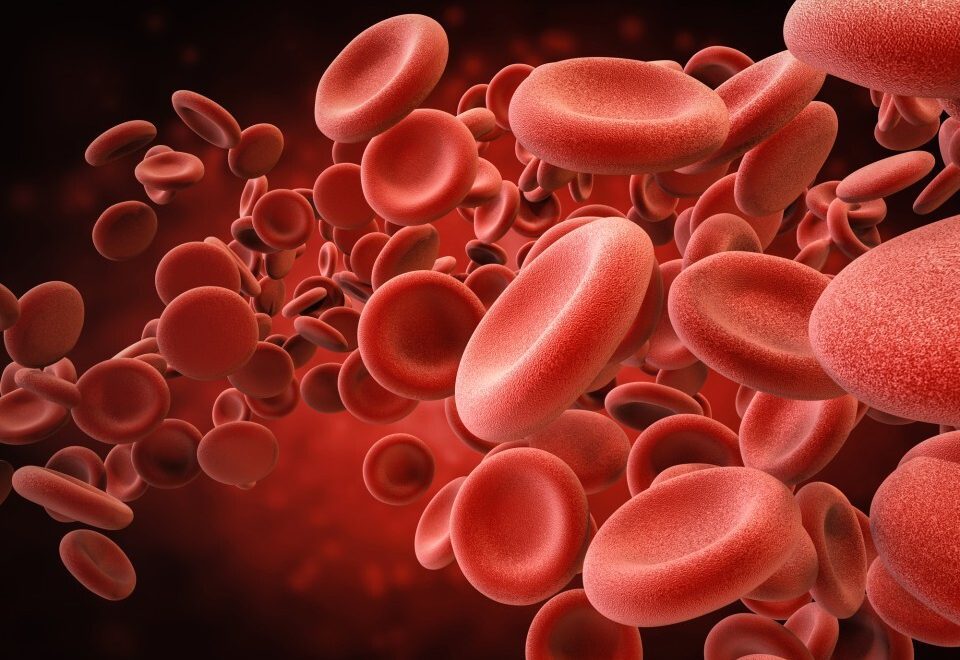SUMMARY:
In patients with nonanemia and anemia, ferritin cutoffs of 30 and 45 ng/mL are associated with higher frequencies of iron deficiency diagnosis than a cutoff of 15 ng/mL.
METHODS:
- For patient analysis, researchers used information from the Family Medicine Research Using Electronic Medical Records (FIRE) initiative in Switzerland.
- The study comprised 255,351 individuals who were at least eighteen years old and had at least one appointment between 2021 and 2023.
- For both anemia and nonanemia patients, ferritin cutoffs of 15, 30, and 45 ng/mL were used to define iron deficiency events. The patient’s time was measured from the time of inclusion until the earliest iron deficiency event or the conclusion of the research period.
- Age, sex, clinical patient profiles, and characteristics of professional general practitioners were all included in the analysis.
KEY THOUGHT:
- Compared to a cutoff of 15 ng/mL, ferritin cutoffs of 30 and 45 ng/mL were linked to greater frequencies of iron insufficiency diagnosis.
- For ferritin cutoffs of 15, 30, and 45 ng/mL, the incidences of nonanemic iron deficiency diagnoses were 4.1, 14.6, and 25.8 instances per 1000 patient-years, respectively.
- The frequencies of anemic iron deficiency diagnosis at ferritin cutoffs of 15, 30, and 45 ng/mL were 3.5, 6.0, and 7.5 instances per 1000 patient-years, respectively.
IN ACTIVITY:
The authors of the study found that ferritin cutoffs of 30 and 45 ng/mL were linked to a significantly higher frequency of iron insufficiency when compared to 15 ng/mL. “These findings demand for a unification of the diagnostic criteria for iron insufficiency in primary care and serve as a foundation for the assessment and benchmarking of ferritin testing at the health system level in high-resource settings.




















